We put the Xiaomi 12S Ultra through our rigorous DXOMARK Selfie test suite to measure its performance in photo and video from an end-user perspective. This article breaks down how the device fared in a variety of tests and several common use cases and is intended to highlight the most important results of our testing with an extract of the captured data.
Overview
Key front camera specifications:
- 32MP sensor
- f/2.4 aperture lens
- Video: 1080p/30fps
Scoring
Sub-scores and attributes included in the calculations of the global score.
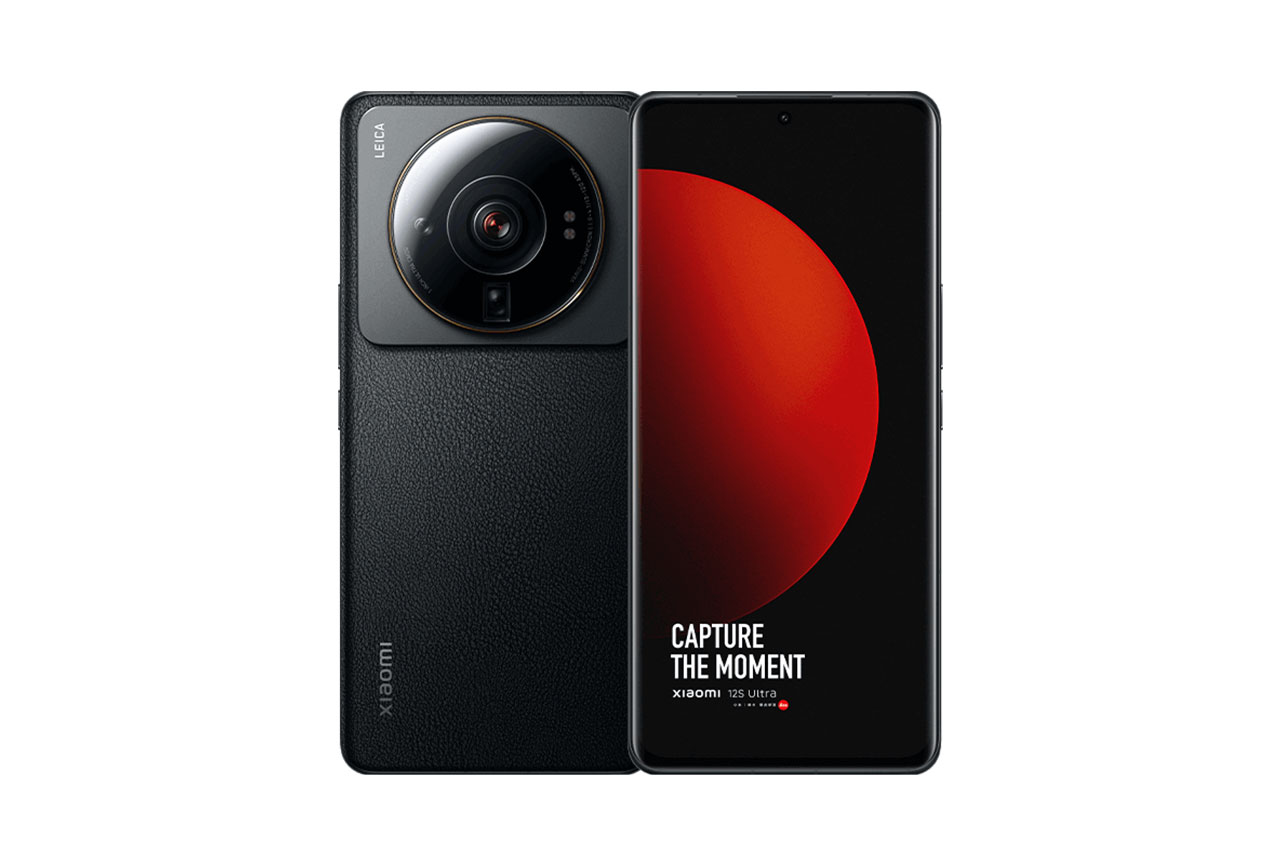
Xiaomi 12S Ultra


 53rd
53rd
 33rd
33rd
Pros
- Accurate exposure in bright light and indoors for bot photo and videos
- Nice color in bright light and indoor video
- Good detail in the focus plane
- Low noise levels in photo and video
Cons
- Occasionally inaccurate skin tones, especially in photo
- Fairly low contrast in videos
- Quite narrow depth of field
- Slightly jerky video stabilization when moving while recording
With a DXOMARK Selfie score of 114, the Xiaomi 12S Ultra offered a capable front camera for daily photo and video selfie capture, but did not make it close to the top of our ranking. It also lagged behind its own predecessor Mi 11 Ultra in terms of photo performance. Both still images and video clips showed good exposure and fairly accurate white balance. Texture levels were high at close shooting range as well, but a narrow depth of field means the Xiaomi is not the best option for group selfies. Our testers also found contrast to be slightly low, especially in bright outdoor scenes, and color artifacts, such as hue shift, resulting in an unnatural rendering of the sky.
Test summary
About DXOMARK Selfie tests: For scoring and analysis, DXOMARK engineers capture and evaluate more than 1,500 test images both in controlled lab environments and in outdoor, indoor and low-light natural scenes, using the front camera’s default settings. The photo protocol is designed to take into account the user’s needs and is based on typical shooting scenarios, such as close-up and group selfies. The evaluation is performed by visually inspecting images against a reference of natural scenes, and by running objective measurements on images of charts captured in the lab under different lighting conditions from 1 to 1,000+ lux and color temperatures from 2,300K to 6,500K. For more information about the DXOMARK Selfie test protocol, click here. More details on how we score smartphone cameras are available here. The following section gathers key elements of DXOMARK’s exhaustive tests and analyses. Full performance evaluations are available upon request. Please contact us on how to receive a full report.
Photo
Xiaomi 12S Ultra
147
When shooting still selfies in Photo mode, the camera produced images with good target exposure and fairly accurate white balance. Contrast was limited though, and as a result faces had a flat look to them and color casts could be noticeable in the background of scenes. Skin tone rendering left some room for improvement too, with inaccuracies in some scenes. Close range detail was pretty close to competitors in the same class, but our testers also noticed some image artifacts, including hue shifts close to clipped image areas.

Exposure
Xiaomi 12S Ultra
92

Color
Xiaomi 12S Ultra
105
Exposure and color are the key attributes for technically good pictures. For exposure, the main attribute evaluated is the brightness of the face(s) in various use cases and light conditions. Other factors evaluated are the contrast and the dynamic range, eg. the ability to render visible details in both bright and dark areas of the image. Repeatability is also important because it demonstrates the camera's ability to provide the same rendering when shooting consecutive images in a row.
For color, the image quality attributes analyzed are skin-tone rendering, white balance, color shading, and repeatability.

Focus
Xiaomi 12S Ultra
100
Autofocus tests evaluate the accuracy of the focus on the subject’s face, the repeatability of an accurate focus, and the depth of field. While a shallow depth of field can be pleasant for a single-subject selfie or close-up shot, it can be problematic in specific conditions such as group selfies; both situations are tested. Focus accuracy is also evaluated in all the real-life images taken, from 30cm to 150cm, and in low light to outdoor conditions.

Texture
Xiaomi 12S Ultra
79
Texture tests analyze the level of details and the texture of subjects in the images taken in the lab as well as in real-life scenarios. For natural shots, particular attention is paid to the level of details in facial features, such as the eyes. Objective measurements are performed on chart images taken in various lighting conditions from 1 to 1000 lux and different kinds of dynamic range conditions. The charts used are the proprietary DXOMARK chart (DMC) and the Dead Leaves chart.

Noise
Xiaomi 12S Ultra
94
Noise tests analyze various attributes of noise such as intensity, chromaticity, grain, and structure on real-life images as well as images of charts taken in the lab. For natural images, particular attention is paid to the noise on faces, but also on dark areas and high dynamic range conditions. Objective measurements are performed on images of charts taken in various conditions from 1 to 1000 lux and different kinds of dynamic range conditions. The chart used is the DXOMARK Dead Leaves chart and the standardized measurement such as Visual Noise derived from ISO 15739.

Artifacts
Xiaomi 12S Ultra
89
The artifacts evaluation looks at lens shading, chromatic aberrations, distortion measurement on the Dot chart and MTF, and ringing measurements on the SFR chart in the lab. Particular attention is paid to ghosting, quantization, halos, and hue shifts on the face among others. The more severe and the more frequent the artifact, the higher the point deduction on the score. The main artifacts observed and corresponding point loss are listed below.
Video
Xiaomi 12S Ultra
154
DXOMARK engineers capture and evaluate more than 2 hours of video in controlled lab environments and in natural low-light, indoor and outdoor scenes, using the front camera’s default settings. The evaluation consists of visually inspecting natural videos taken in various conditions and running objective measurements on videos of charts recorded in the lab under different conditions from 1 to 1000+ lux and color temperatures from 2,300K to 6,500K.
Target exposure and white balance were good in the 12S Ultra selfie video samples we shot during testing. The camera also captured a good level of texture in video, but our testers observed a fairly narrow dynamic range that could result in highlight and shadow clipping, especially in bright conditions and low light. The video stabilization system was only capable of counteracting camera motion to a certain degree, and a shallow depth of field meant that backgrounds were mostly out of focus.

Exposure
Xiaomi 12S Ultra
86

Color
Xiaomi 12S Ultra
90
Exposure tests evaluate the brightness of the face and the dynamic range, eg. the ability to render visible details in both bright and dark areas of the image. Stability and temporal adaption of the exposure are also analyzed. Image-quality color analysis looks at skin-tone rendering, white balance, color shading, stability of the white balance and its adaption when light is changing.

Texture
Xiaomi 12S Ultra
97
Texture tests analyze the level of details and texture of the real-life videos as well as the videos of charts recorded in the lab. Natural video recordings are visually evaluated, with particular attention paid to the level of detail on the facial features. Objective measurements are performed of images of charts taken in various conditions from 1 to 1000 lux. The chart used is the Dead Leaves chart.

Noise
Xiaomi 12S Ultra
83
Noise tests analyze various attributes of noise such as intensity, chromaticity, grain, structure, temporal aspects on real-life video recording as well as videos of charts taken in the lab. Natural videos are visually evaluated, with particular attention paid to the noise on faces. Objective measurements are performed on the videos of charts recorded in various conditions from 1 to 1000 lux. The chart used is the DXOMARK visual noise chart.

Stabilization
Xiaomi 12S Ultra
82
Stabilization evaluation tests the ability of the device to stabilize footage thanks to software or hardware technologies such as OIS, EIS, or any others means. The evaluation looks at overall residual motion on the face and the background, smoothness and jellow artifacts, during walk and paning use cases in various lighting conditions. The video below is an extract from one of the tested scenes.

Artifacts
Xiaomi 12S Ultra
92
Artifacts are evaluated with MTF and ringing measurements on the SFR chart in the lab as well as frame-rate measurements using the LED Universal Timer. Natural videos are visually evaluated by paying particular attention to artifacts such as quantization, hue shift, and face-rendering artifacts among others. The more severe and the more frequent the artifact, the higher the point deduction from the score. The main artifacts and corresponding point loss are listed below


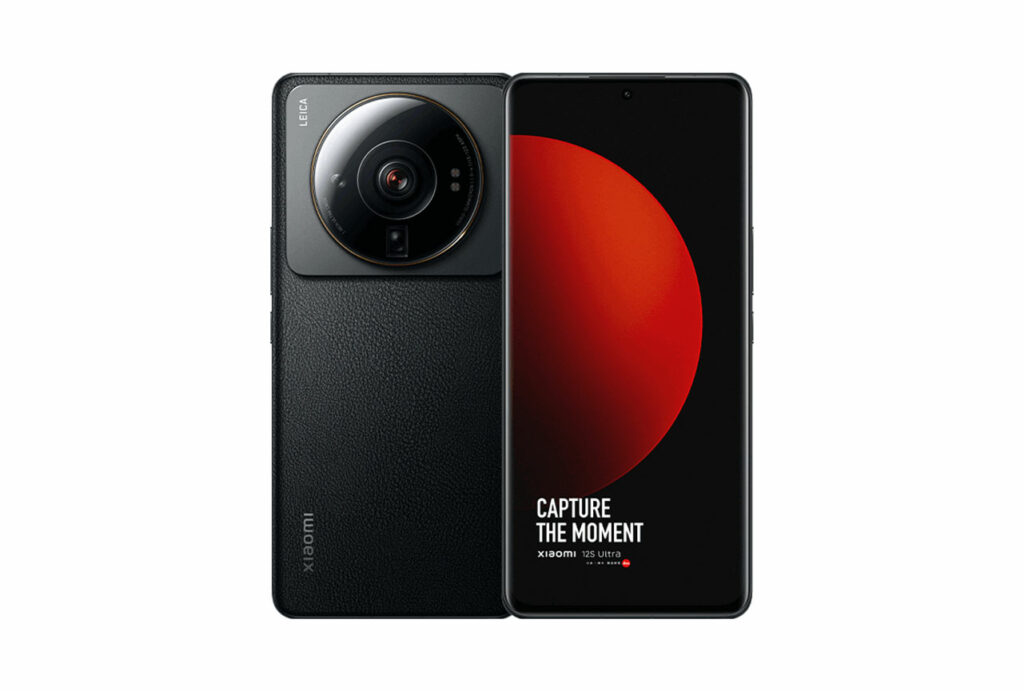








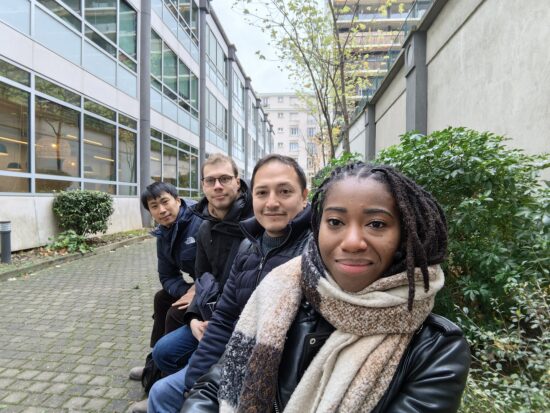


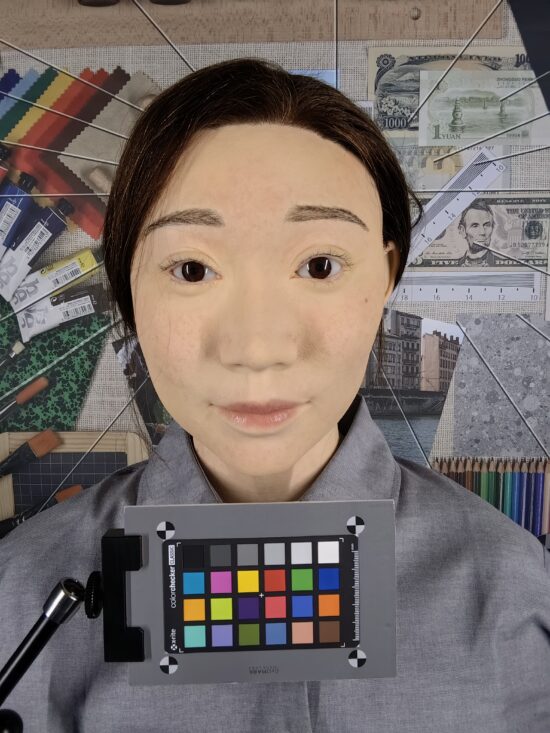
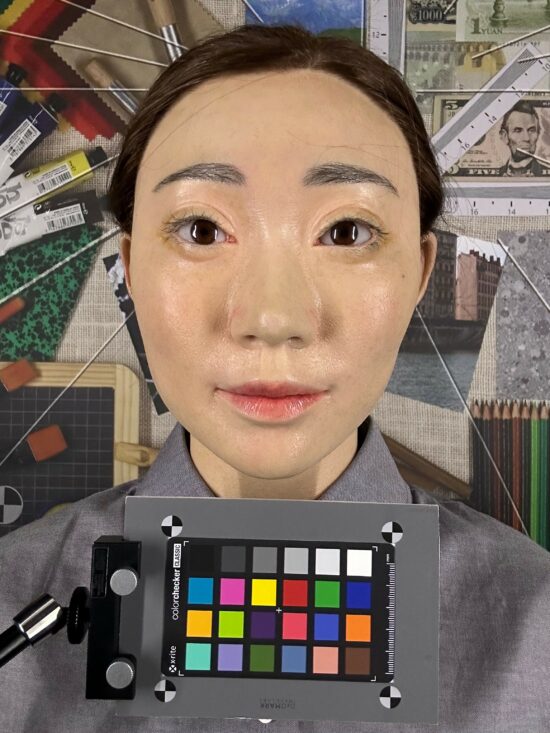
DXOMARK invites our readership (you) to post comments on the articles on this website. Read more about our Comment Policy.